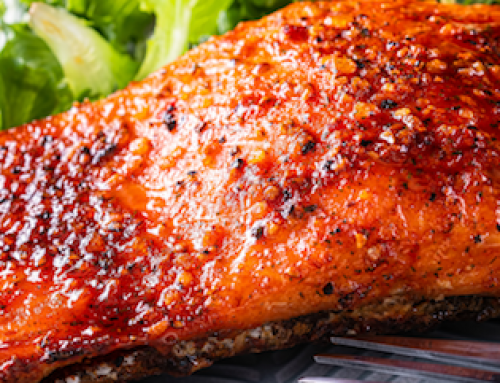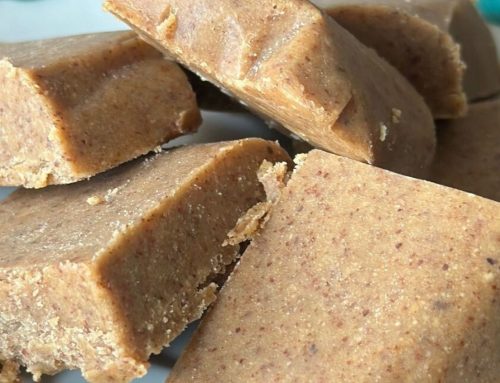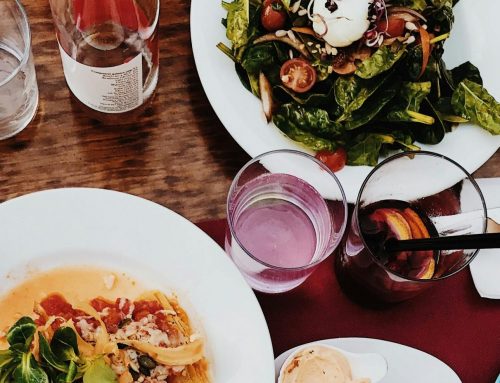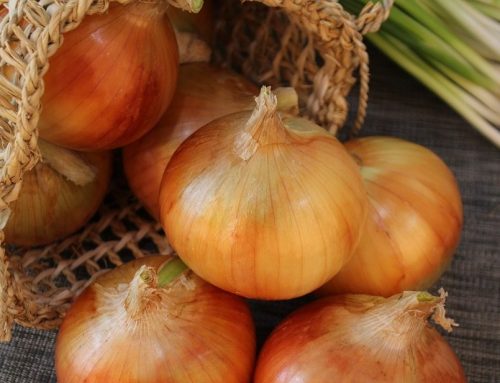Doctor Naomi Whelan, ND‘s advice for students:
“I remember when I was your age….” All joking aside, I was a student for a very long time and it was one of the healthiest periods of my life (minus some post-exam celebrations). I had a rotation of healthy go-to meals that I relied on and rather than gaining the usual freshman 15 I actually lost weight. My parents were both good cooks and I was expected to help with meal prep from an early age. This gave me a head start when it came to cooking for myself, but anyone can learn how to prepare some simple meals.
Student meals need to be quick, easy, and cheap.
That does not mean that they can’t be nutritious. When planning a meal, focus on including moderate protein (animal or vegan source), plenty of vegetables, healthy fat, some fruit, and optionally some grains. Many people get enough carbohydrate from starchy vegetables, fruits, legumes and nuts, but grains can be included as well. Having protein, fat and fiber throughout the day will help keep you clear-headed and balance your mood.
[**Disclaimer** this is not the “healthiest” way to eat but rather how to eat healthier if you are on a budget and have not done much cooking or food prep in the past. Over the next few weeks I’ll review some basics on grocery shopping and cooking for “newbies”.]
Student Meals – Protein Basics
If you are not vegetarian, meat will be your biggest expense. Ideally it would be organic and free range but I tended to check out what was on sale or look in the discount bin first and see what was 30 to 50% off. Get to know your prices so you can get the most value. You can always freeze meat that is near its expiry date until you are ready to cook it. If you find a pack of 4-5 chicken breasts for $12 or less, you’re doing well. A small-medium sized roast for $10-$15 should last you around 4 days. If fish is on sale for $2.00 or $2.50 per 100g that is also reasonable. Eggs are very inexpensive and a great protein source with a long shelf life, so it’s worth splurging for organic or free range. For some people with eczema or autoimmune conditions it may be advisable to limit egg intake. Plain yogurt and cheese are also reasonable sources of protein but should be consumed in moderation or avoided if you are sensitive to dairy. If you hunt or have hunters in the family, take advantage of any game meat that is available to you.
You do not need a lot of meat to satisfy daily protein requirements. For a healthy young person of average weight, 50-100g of protein is recommended. The equivalent of a medium chicken breast plus 1 egg, a cup of legumes, or some nuts and seeds would meet that requirement.
Vegan Proteins
Vegan protein sources are more affordable and better for the environment – these include legumes (beans, peas, lentils), nuts, seeds, some grains (quinoa, buckwheat, millet, etc), and some vegetables. Getting enough protein from vegan sources requires more awareness and planning but can be achieved. You will naturally be consuming a higher carbohydrate diet in order to achieve adequate protein. If you are not mindful to include a variety of vegan protein sources, it may be easier to include some eggs and/or fish in your diet several days per week, or take a vegan protein powder daily. Grocery shopping continued…
Student Meals – Eat Your Vegetables!
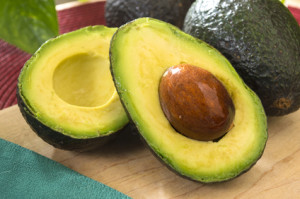
This is one simple thing you can do for yourself to improve your nutrient status, support a healthy weight, improve your gut and hormone health, and to prevent colon cancer. If you have never liked vegetables then find a way to prepare them that tastes good or start mixing small amounts into soups, stews and smoothies (frozen spinach is perfect for these purposes). When shopping, check out the discount bin. You can often find ripe avocados, bananas with only a few brown spots on them, tomatoes that have a soft spot, or some root vegetables that could use some trimming – but be sure to inspect them closely. Never buy any produce that has gone moldy or is significantly discoloured. The frozen fruit and vegetable aisle is a great resource – the produce has been cleaned, trimmed and is ready to cook. It is not unusual for frozen produce to be less expensive than fresh produce, and much less likely to go bad before you have a chance to eat it. Only buy enough fresh produce for the meals you plan to eat in the next 3 to 4 days. If you have fresh produce that may go bad soon, wash it and freeze it for future soups or stews.
Student Meals – Fruit
Fruit is a great source of vitamins, antioxidants and fibre. Frozen berries are perfect to keep on hand for smoothies, oatmeal, or on top of yogurt. Bananas are a little high in sugar but delicious in smoothies and freeze very well. Apples and oranges travel well if you are packing a lunch and snacks. Peaches, nectarines, and cherries can be expensive when they are out of season.
Eat a moderate amount of fruit – it is always a healthier snack than a cookie, donut or chocolate bar but still a sugar source. As a general rule, try to eat at least two times as many vegetables than fruit. Include some fat or protein when snacking on fruit – nut butter, yogurt, coconut oil, etc.
Student Meals – Grains
Grains are a healthy addition for some, trouble for others. This is where most students run into trouble with the freshman 15. Bread, mac and cheese, and ichiban noodles should be an occasional treat and definitely not a staple of your diet. When planning your meals, aim for 1/3 or less of that meal to consist of grains or high carb foods. Beans, lentils, brown rice, and quinoa contain more protein and fibre than most wheat products which will keep you feeling full longer and provide more nutrients. In addition, many people are sensitive to grains containing gluten. This can range from mild symptoms (brain fog, bloating) to very severe (celiac disease). If you really love sandwiches, use sprouted whole grain bread and stack on leafy greens, avocado, tomatoes, sprouts, and some protein (meat, hummus, bean spread). We will discuss grains and blood sugar in an upcoming blog. Athletes or people who do intensive exercise may need to include higher amounts of grains in their diet.
Student Meals – Healthy Fats
Low fat diets are so 90’s. Fats slow blood sugar spikes and help you absorb fat soluble vitamins. The right fats can improve cholesterol levels, improve hearth health and calm inflammation. They can also be pricey but are worth the investment. When possible use organic or grass fed butter ($$) instead of regular butter. Coconut oil has a decent shelf life and usually costs less per gram when purchasing a larger container. Olive oil should be your go-to for salads and even frying. The high antioxidant value counteracts the oxidation that occurs when heating it. Avoid margarine and canola oil as much as possible. Nuts and seeds are a great source of fat but be aware that they are very calorie dense so 1/4 cup per meal or snack is plenty. Pumpkin, chia, and ground flax are a few of my favourite seeds – they can provide some added fiber and omegas, as well as improving hormone balance.
Appliances
George Foreman grills were all the rage during my first year as a student. I could cook a burger or chicken breast on it in under 15 minutes with minimal clean-up. For all you lucky millenials, these are very easy to find at thrift stores and don’t take up a ton of counter space.
Crockpots (slow cookers) are great for inexperienced chefs. You turn it on for 8 hours and leave it. Perfect for roast beef, chili, or stews. In the morning chuck in your meat, vegetables, onions, garlic, seasoning (salt, pepper, herbs) and a bit of water or broth, turn it on and by the time you return from classes you’ve got a hot meal with plenty to be packed up for leftovers. Once the Crock pot cools you can take the ceramic pot out and put it directly in the fridge. It’s pretty hard to ruin a meal when using a slow cooker.
Ovens require a little more time and attention but if you are ok with a 30-60 minute cooking time they’re great. Your default setting is 350 degrees farenheit. This serves well for most purposes. Cooking sheets, pans and roasters tend to take a little more time for clean up because things get baked on. I prefer glass and ceramic pans that are deep enough to hold some fluid.
Stove top frying and steaming is a quick way to cook but requires your full attention. Eggs can be scrambled in a minute or two in a frying pan, just stir with a spatula until they are cooked to your preferred consistency. You can add chopped peppers, spinach and cheese to flavour them. Heat 1-2 tbsp of water in a pan with some chard, spinach or asparagus and steam until wilted or until the asparagus turns bright green. Add some butter or oil and some salt and pepper. This only takes a few minutes and is a very healthy side dish. Soup is another stove top gem and perfect for cleaning out the fridge- start with a broth, add some vegetables, leftover meat, rice or gluten free noodles and gently boil for 30-45 minutes for a complete meal.
Your fridge – keep it clean and check all the way to the back of the shelves regularly. You don’t want a colony of mold contaminating your food and giving you a breath of nasty air every time you open the door. You may want to use sticky notes or -our family tradition- green painters tape to label and date any leftovers. If you do not eat your leftovers after 4 days then consider popping them in the freezer so they don’t go to waste.
More to come! Subscribe to our newsletter for health tips, news and recipes delivered to your inbox once a month.


